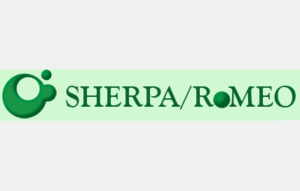Growth Performance and Bioeconomic Evaluation of Broiler Chickens Fed Diets Containing Graded Levels of Alternanthera sessilis leaf meal (ASLM)
This study was designed to evaluate the effect of dietary inclusion of graded levels of Alternanthera sessilis leaf meal (ASLM), commonly known as Sessile Joyweed, on the growth performance and bioeconomic efficiency of broiler chickens. A total of one hundred and fifty (150) day-old Arbour Acre broiler chicks were used for the 56-day feeding trial. The birds were randomly allocated to five dietary treatments (T1–T5) in a completely randomised design (CRD), with each treatment having three replicates of 10 birds per replicate. The control group (T1) received a basal diet without ASLM (0%), while T2, T3, T4, and T5 were formulated to include 5%, 7.5%, 10%, and 12.5% ASLM, respectively. All diets were supplemented with a commercial multi-enzyme complex (Maxigrain®) to enhance nutrient digestibility. The parameters assessed included growth performance indices (final body weight, total weight gain, average daily gain, total feed intake, average daily feed intake, and feed conversion ratio), haematological indices, and economic indicators (cost per kg weight gain, cost of feed per kg, and gross margin). Results showed that increasing dietary inclusion of ASLM significantly (P < 0.05) influenced all measured parameters. Birds on the control diet (T1) had the highest final body weight, total weight gain, and average daily gain, whereas those on the highest inclusion level (T5) had the lowest values. Total feed intake was also highest (5201.33g) in T1 and lowest (4186.33g) in T5. A similar trend was observed in average daily feed intake, where T5 recorded the lowest value. Feed conversion ratio was significantly better (2.58) in the control group compared to other treatments. Although the cost per kg feed was reduced with increasing ASLM levels, lowest in T5, the cost per kg weight gain remained significantly higher (₦399.33) in the treatment groups compared to the control. The gross margin was highest in T1 (₦896.00) and progressively decreased across treatments, with the lowest (₦539.67) recorded in T5. In conclusion, while the inclusion of ASLM in broiler diets reduced feed cost per kilogram, it adversely affected growth performance and economic returns. Therefore, Alternanthera sessilis leaf meal, at the inclusion levels tested, is not recommended as a major dietary component for optimal broiler performance and profitability.
Keyword: Growth Performance, Bio-economics evaluation, Alternanthera sessilis leaf meal, Sessile Joyweed, Arbor Acre broiler chicken




















